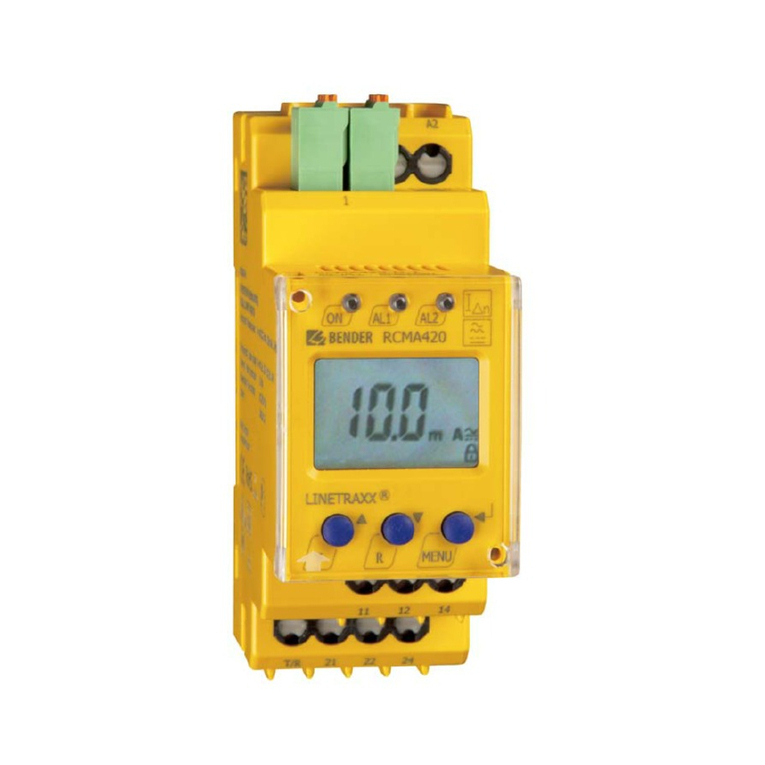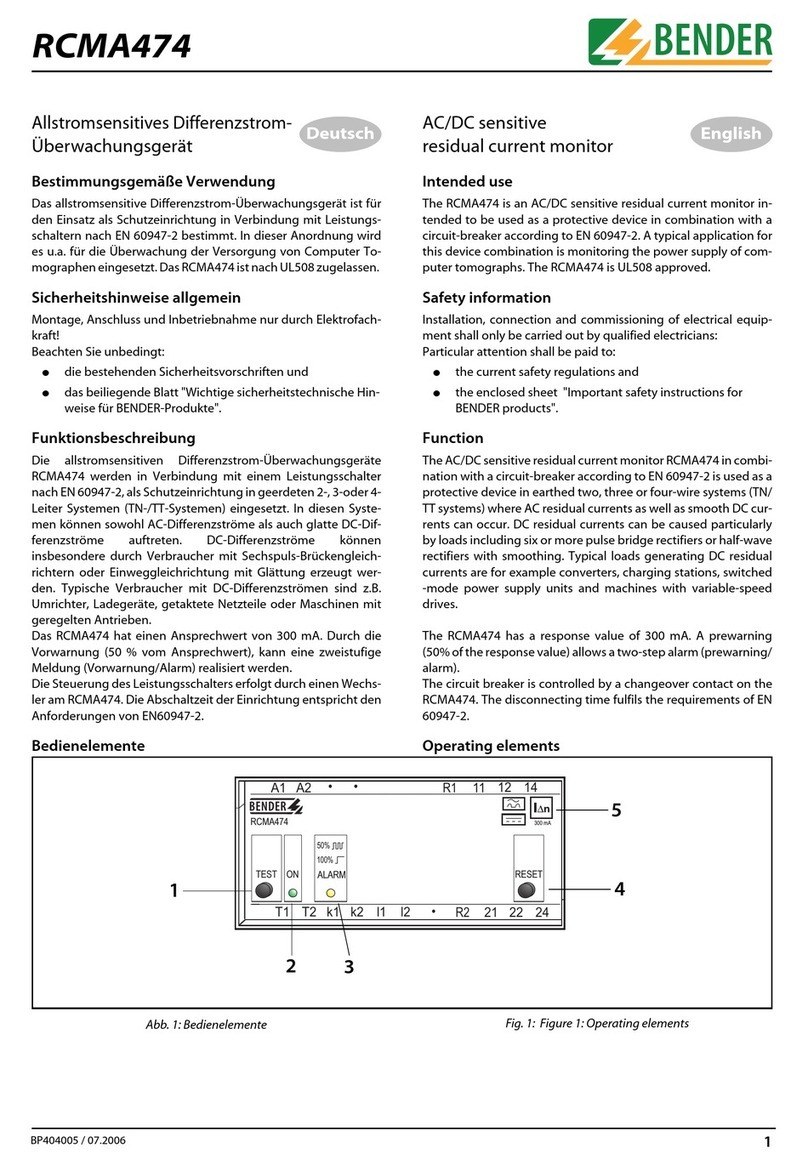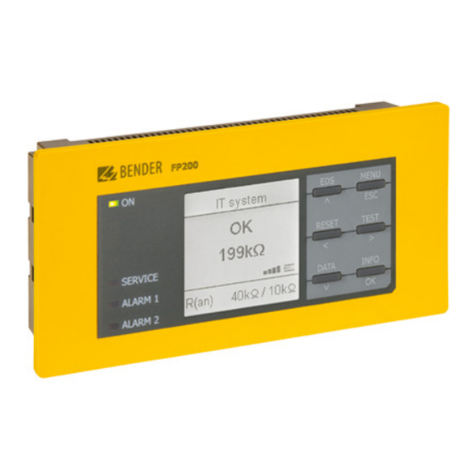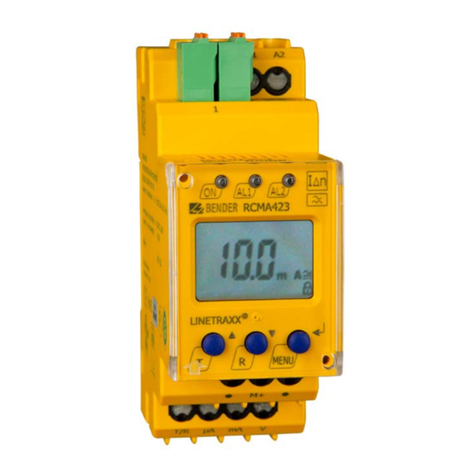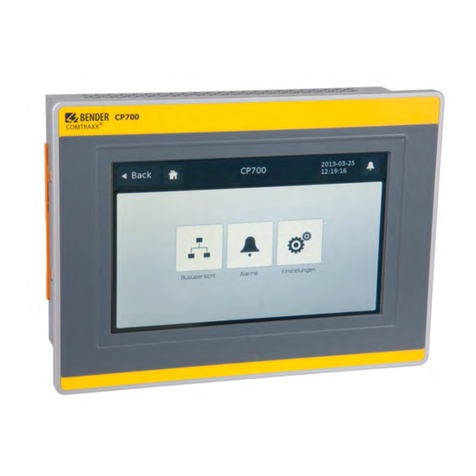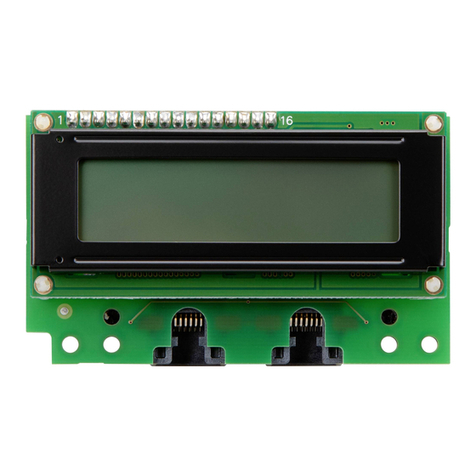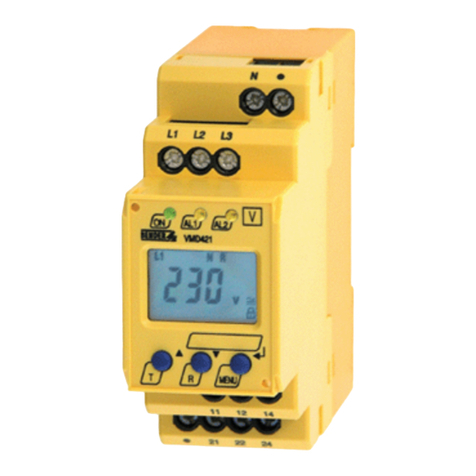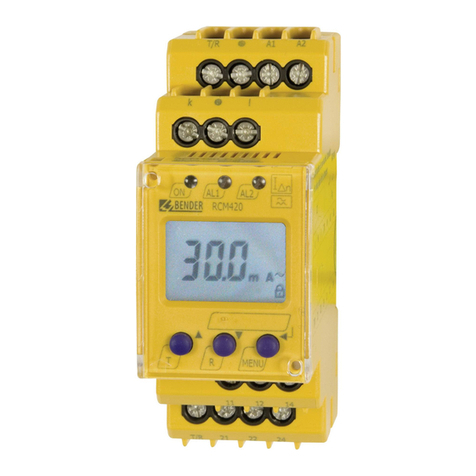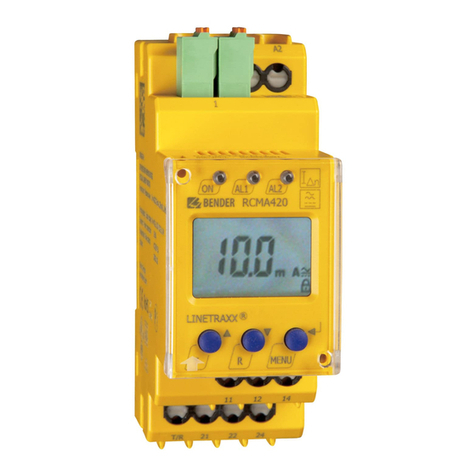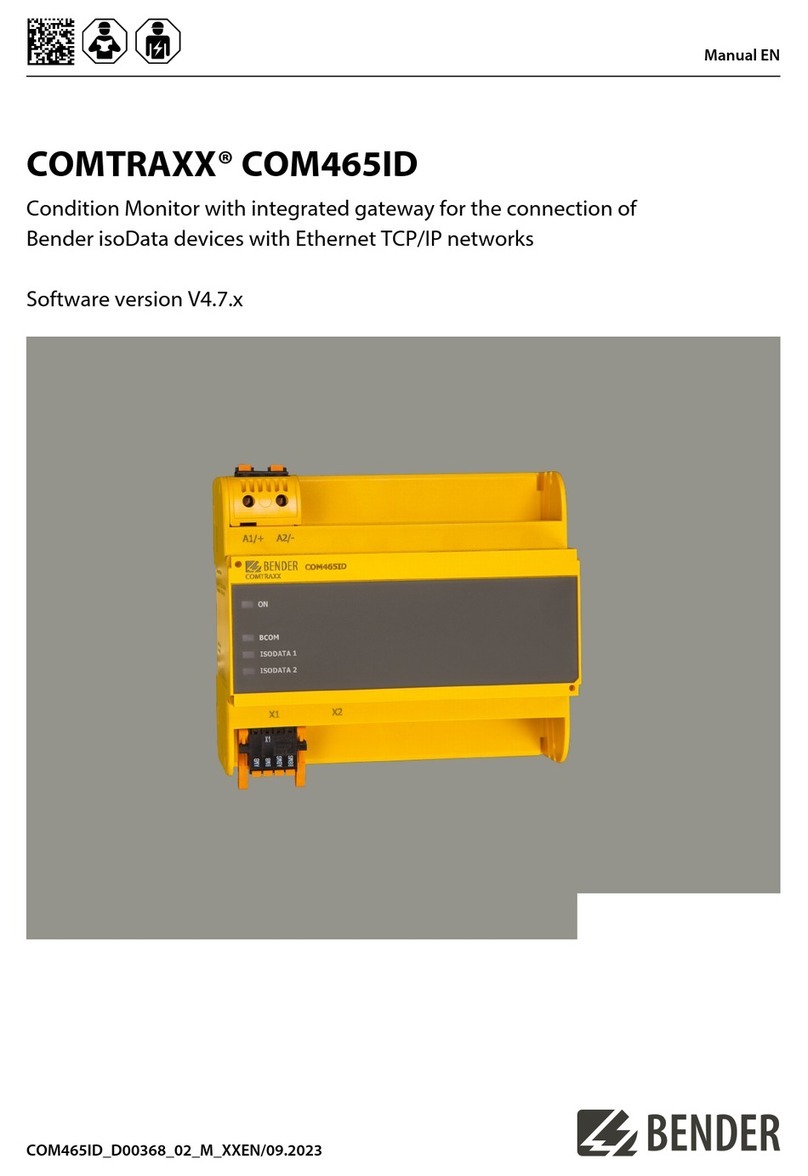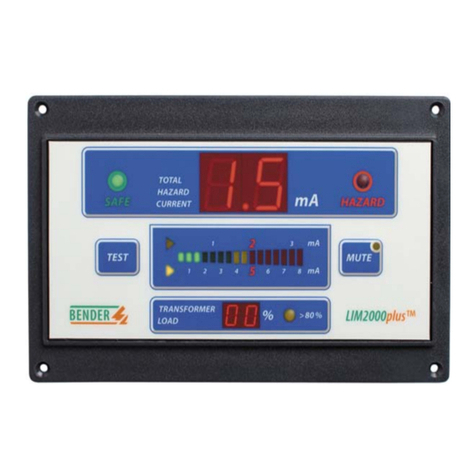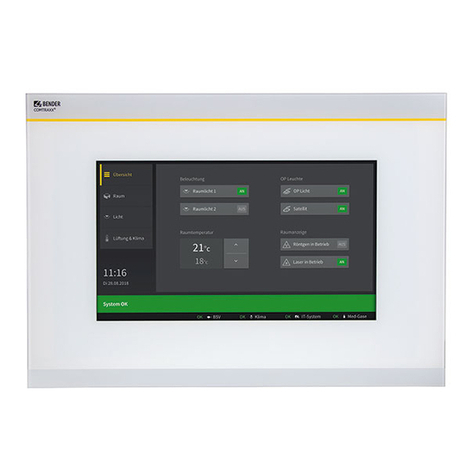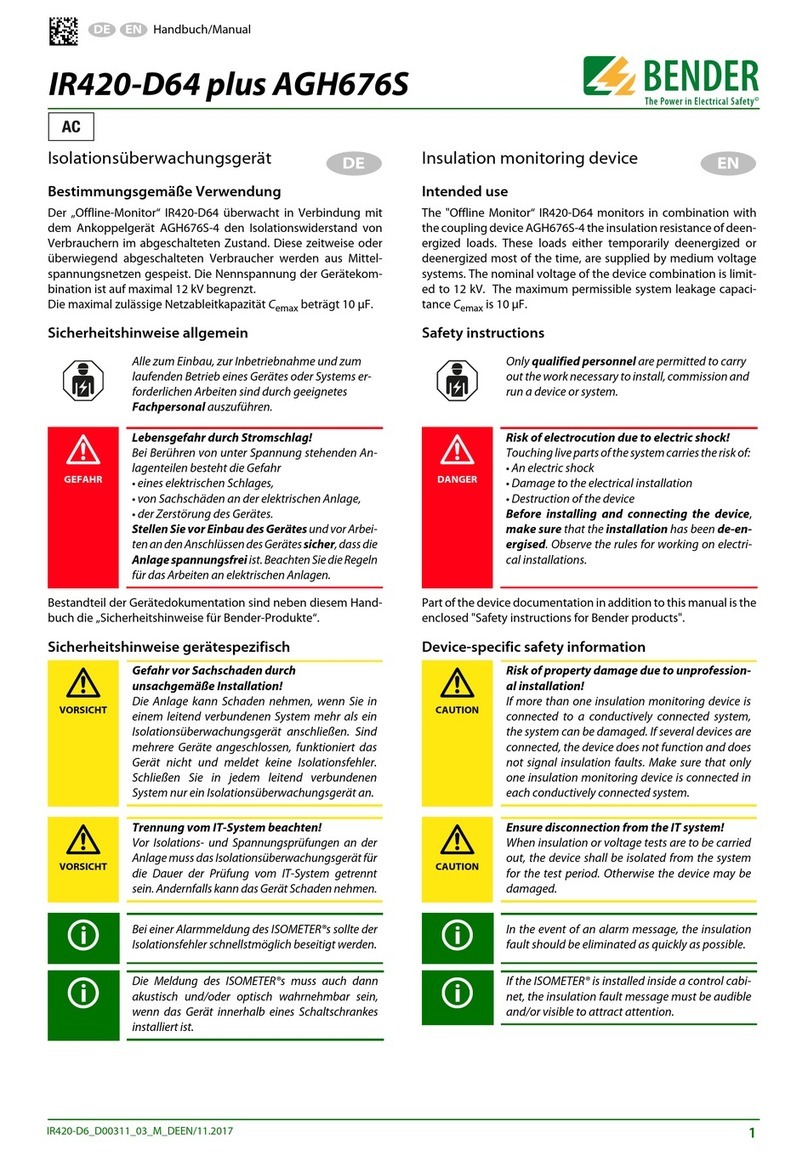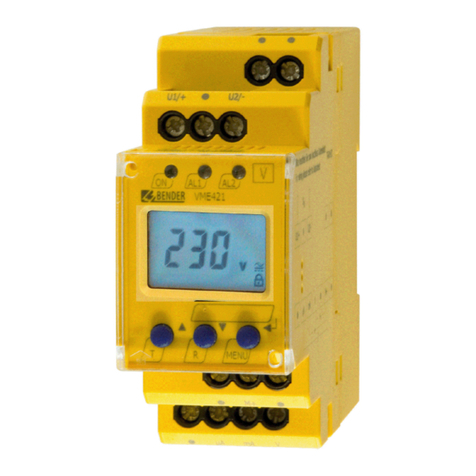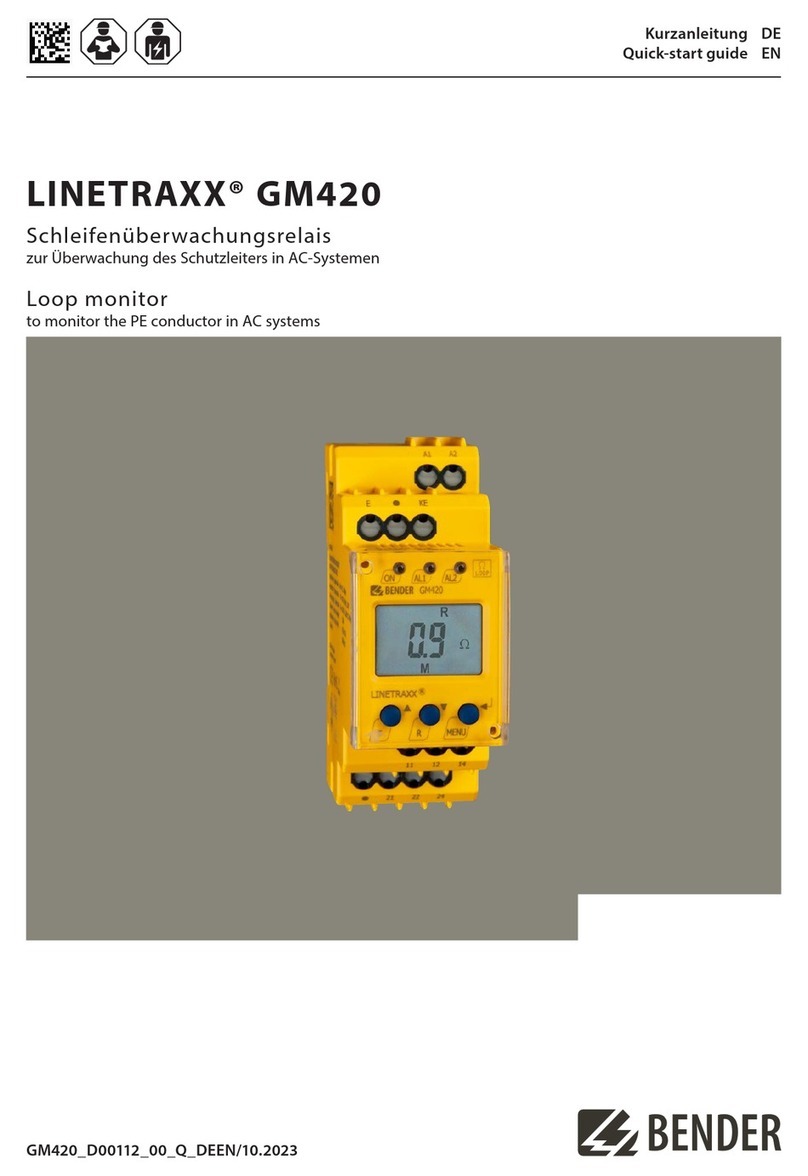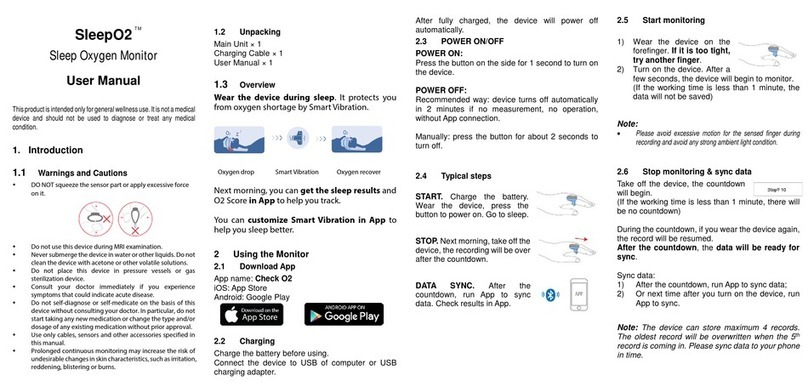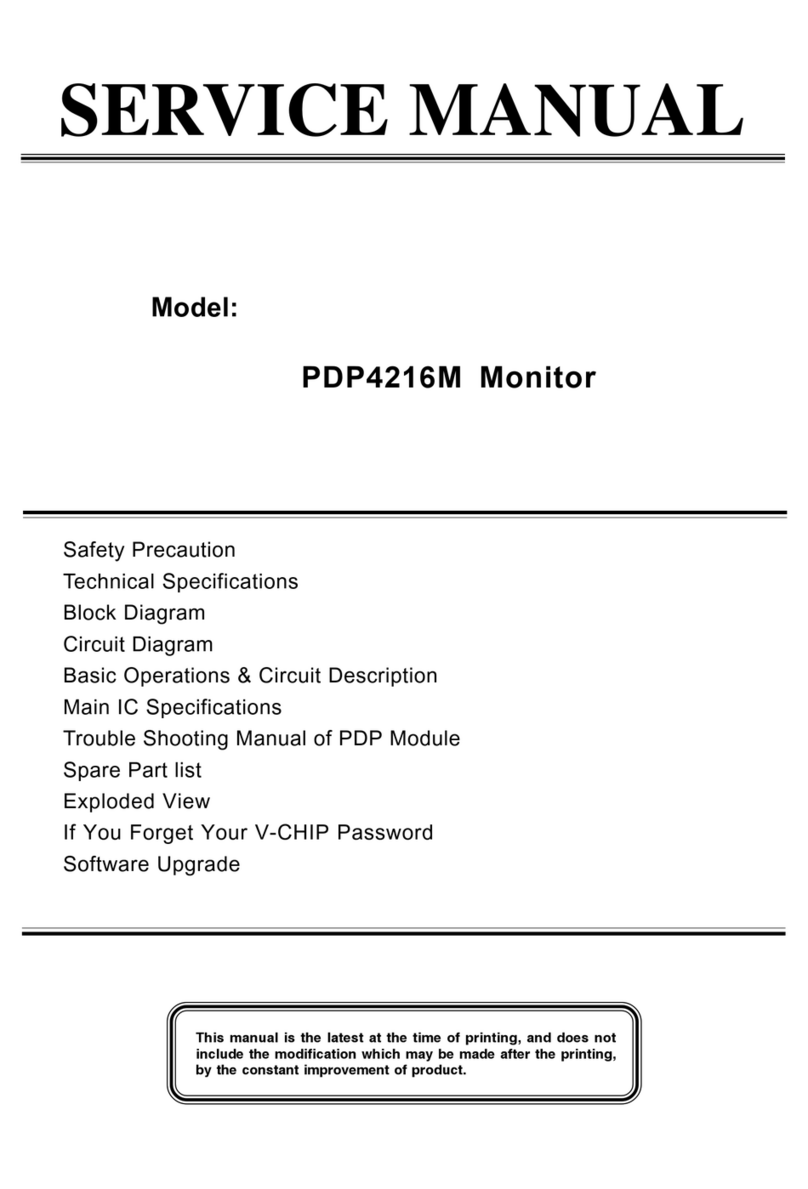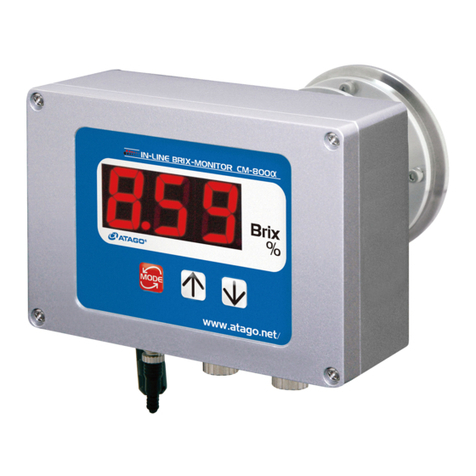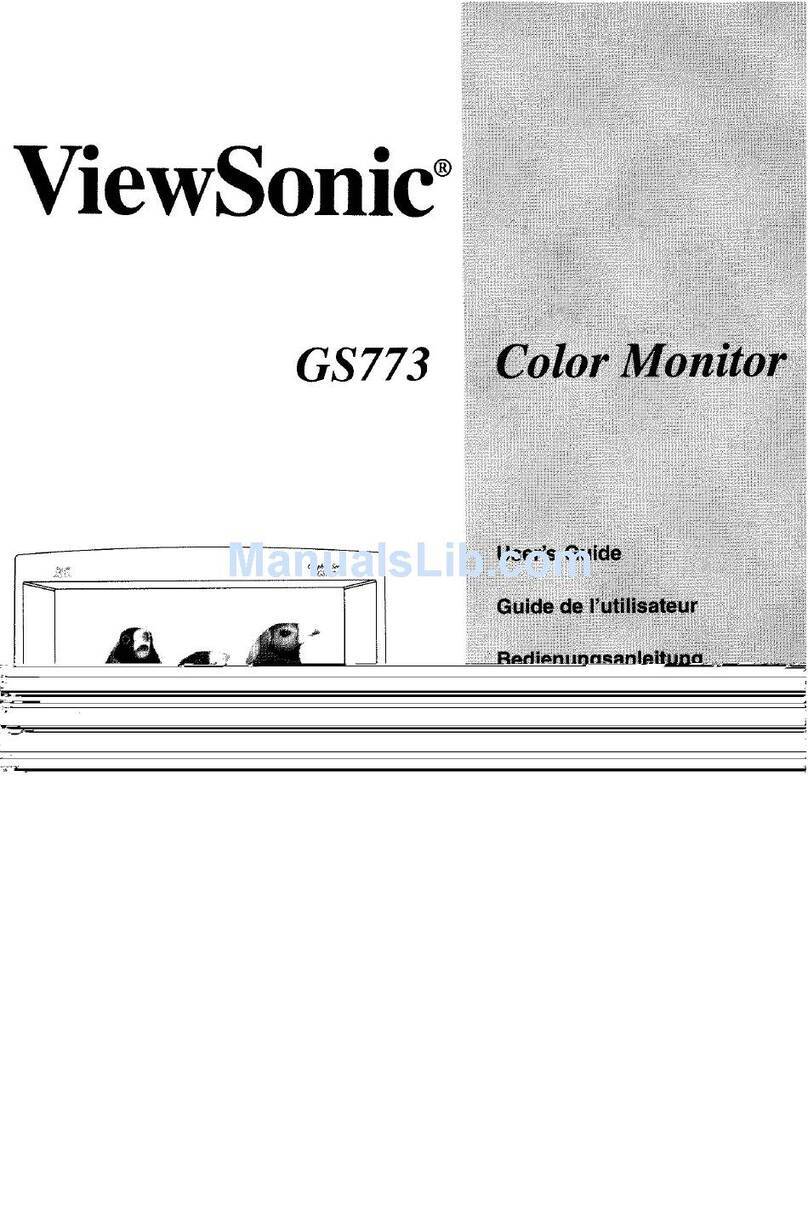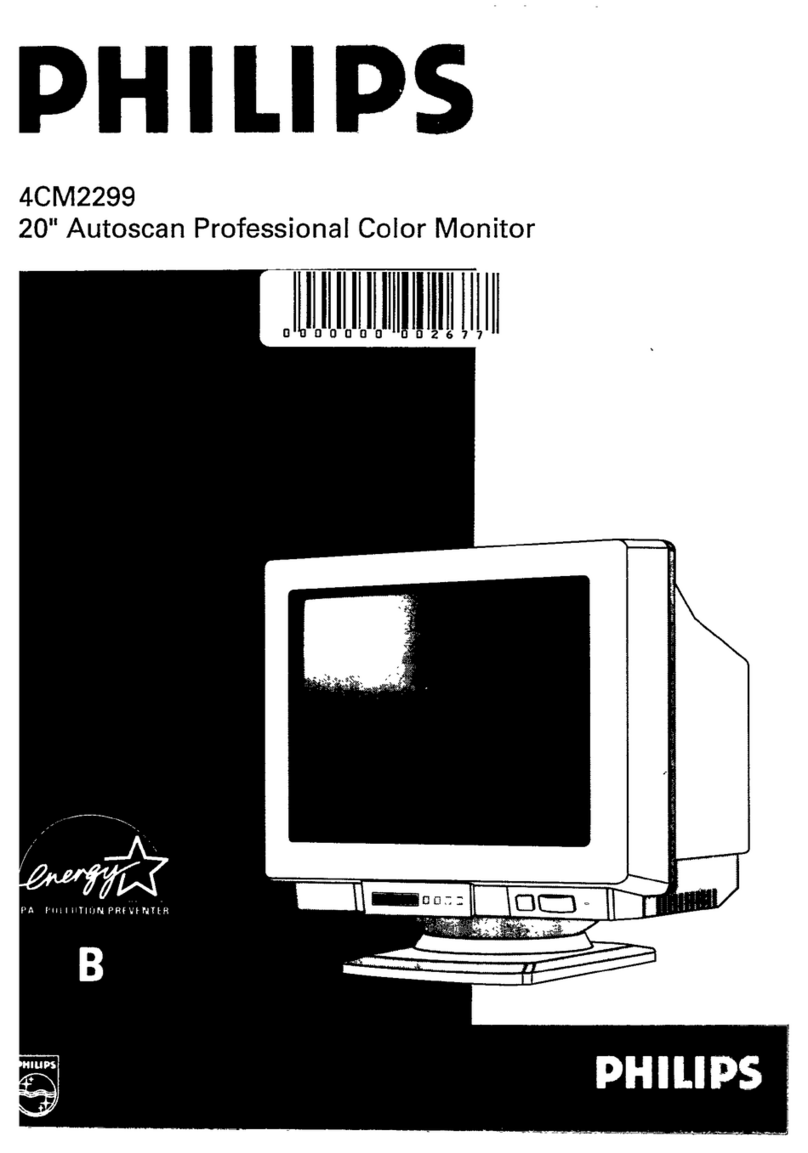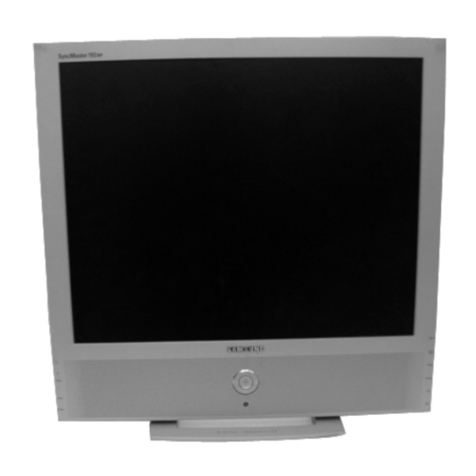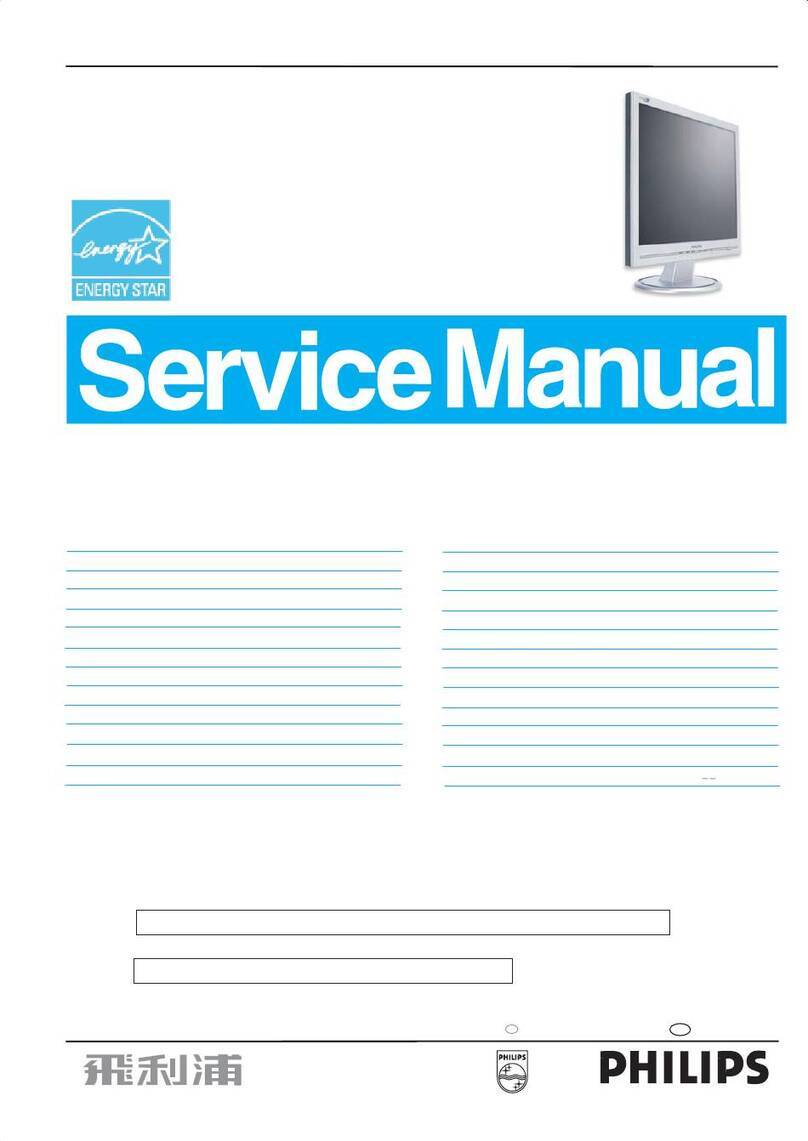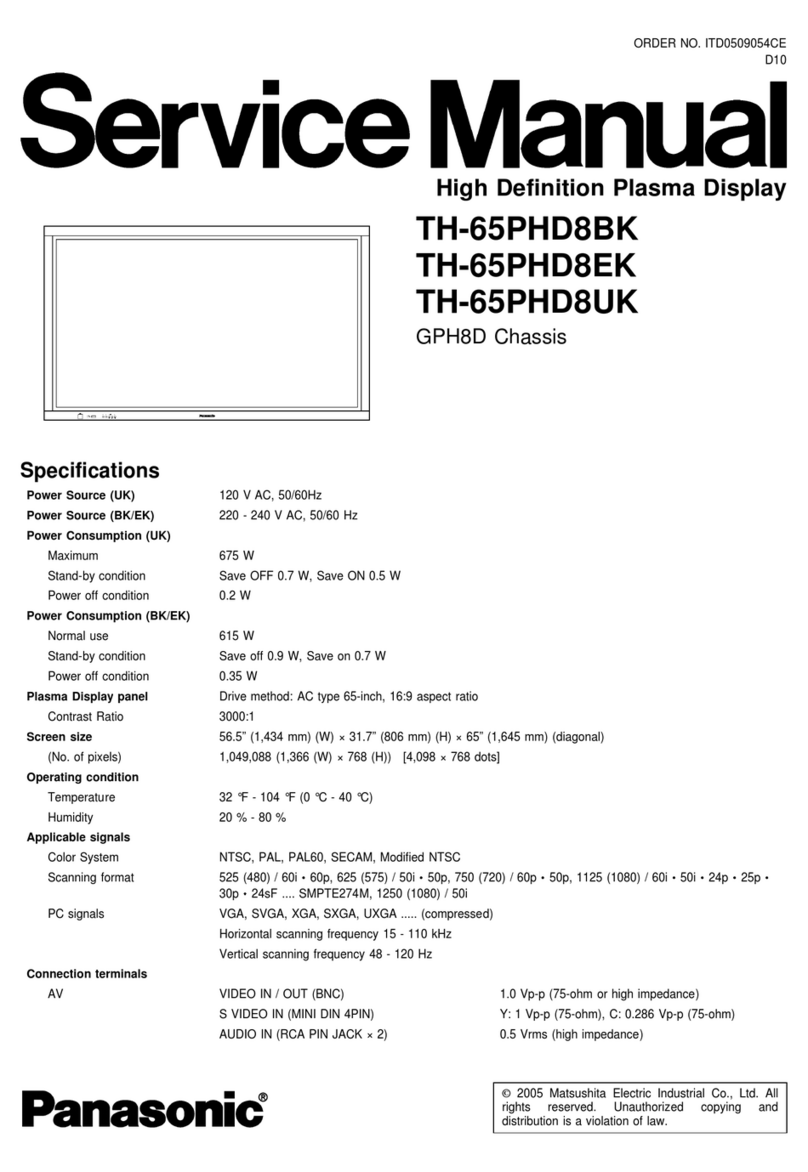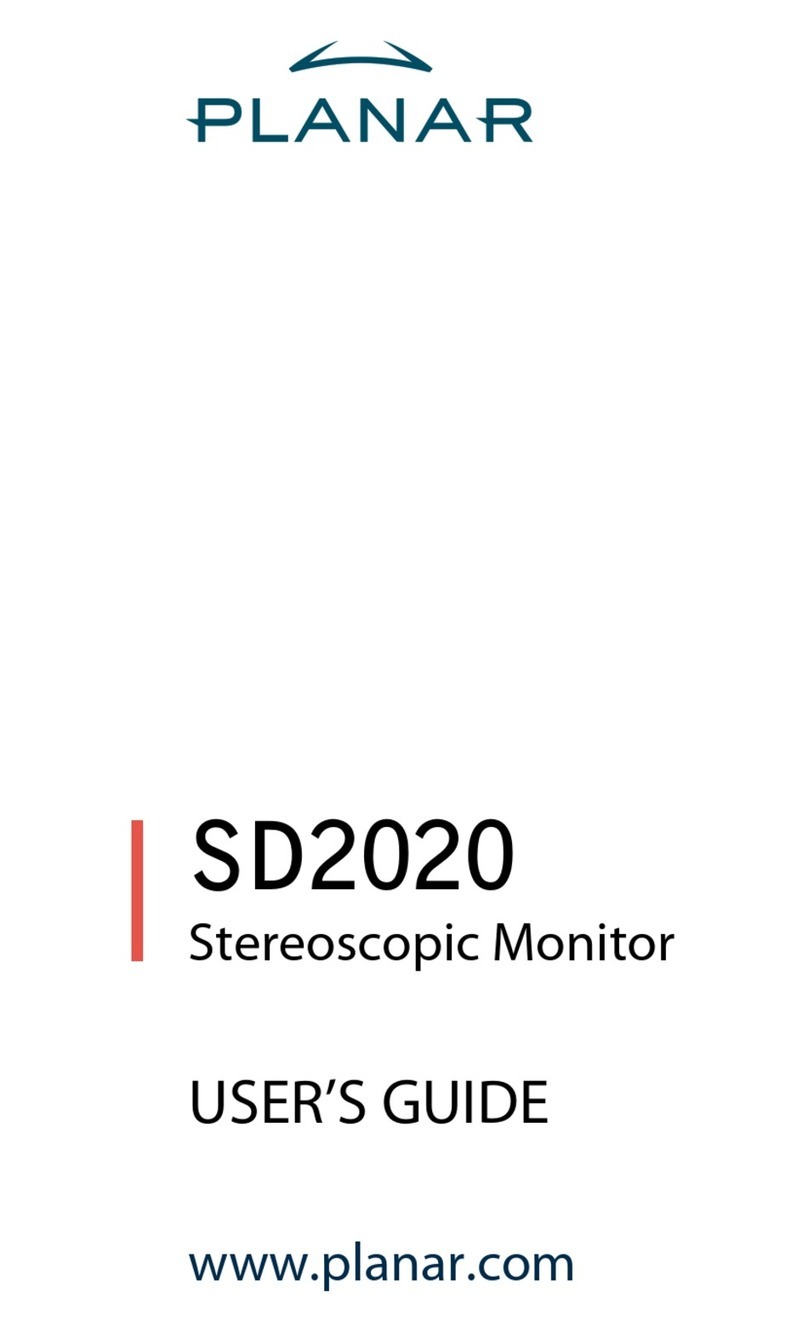
2. System settings of the relays (menu 6.6)
The factory setting for the relays is fail-safe.
In the case of a test, the relays change state.
i
Fail-safe: The relay is energized during normal op-
eration and is de-energized
in the event of a fault
("fail-safe")
Non-fail-safe: The relay is de-energized in normal
operation and is energized in the event of a fault
("non-fail-safe")
3. Field calibration (menu 6.7)
During field calibration, all tolerances of the connected
CD-series coupling device and the NGR are considered.
The current measured value is calibrated to the set nomi-
nal value of the NGR (RNGR nom). In order to achieve high ac-
curacy, start the device and let it run for at least one hour
in the operating environment before carrying out the
field calibration.
i
For the field calibration the device must be in auto
mode (menu 6.3.1 = auto).
If the digital input I1 is used with "Digital 1 > NGR
method" (menu 6.6.5.3), "Method > external" (menu
6.3.1) must be selected and I1 must be active (see
manual).
The trip relay is switched during field calibration!
4. RMS trip signal, fundamental frequency, har-
monics
The measured value which causes tripping can be select-
ed via the "Trip signal" parameter (menu 6.5.11). Trip sig-
nal can be:
• RMS: The RMS value of Ior Uover the entire fre-
quency range (up to approx. 3.8 kHz).
• Fundamental frequency: Only the RMS value of the
fundamental frequency (50 or 60 Hz).
• Harmonics: The filtered RMS value on the selected
range of harmonics with
H0 = DC; H1 = fundamental frequency; H2 = 2 x funda-
mental frequency; … H32 = 32 x fundamental frequency
i
In the "Harmonics" measured value display (menu
2) all spectral lines are always displayed. This is in-
dependent of the trip signal setting.
i
On the standard display, the trip signal is indicat-
ed as resistance (in Ω or %) or as current (in A or
%). The setting is entered in "Display" (menu 5).
5. Initial measurement
During device start, all measured values are recorded.
Factory settings
Menu Factory settings
Menu 6.1: HRG/LRG system
1. Usys (L-L) 400V
2. CD-NGRM CD1000
3. Frequency 50 Hz
4. INGR nom 5 A
5. RNGR nom 470 Ω
Menu 6.2: CT
1. CT primary 600
2. CT secondary 1
3. CT connection 50 mA
Menu 6.3: NGR
1. Method auto
2. Filter o
Menu 6.4: Phase monitor
1. Phase monitor on
2. PT primary 1
3. PT secondary 1
Menu 6.5: Response values
HRG LRG
1. UNGRTrip 60 %
2. INGRTrip 60 %
3. > RNGR
150 % (HRG),
250 Ω (LRG)
4. < RNGR (HRG only) —50 %
5. tNGR trip 4. tNGRTrip 0 s
6. Ground-fault trip 5. Ground-fault trip yes
7. tGFTrip 6. tGFTrip 5 s
8. Alarm stored 7. Alarm stored on
9. trestart 8. trestart 5 s
10. Max. no. of restarts 9. Max. no. of restarts 2
11.Trip signal 10.Trip signal RMS
12. Upper limit
harmonic
11. Upper limit
harmonic 32
13. Lower limit
harmonic
12. Lower limit
harmonic 0
NGRM700 (HRG), NGRM750 (LRG)
NGRM7xx_D00292_07_Q_XXEN/11.2022 7








